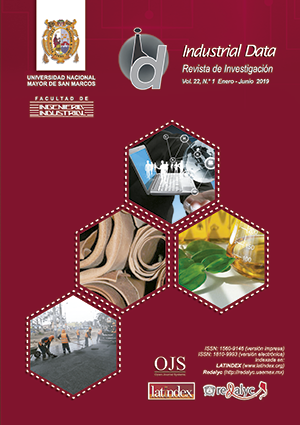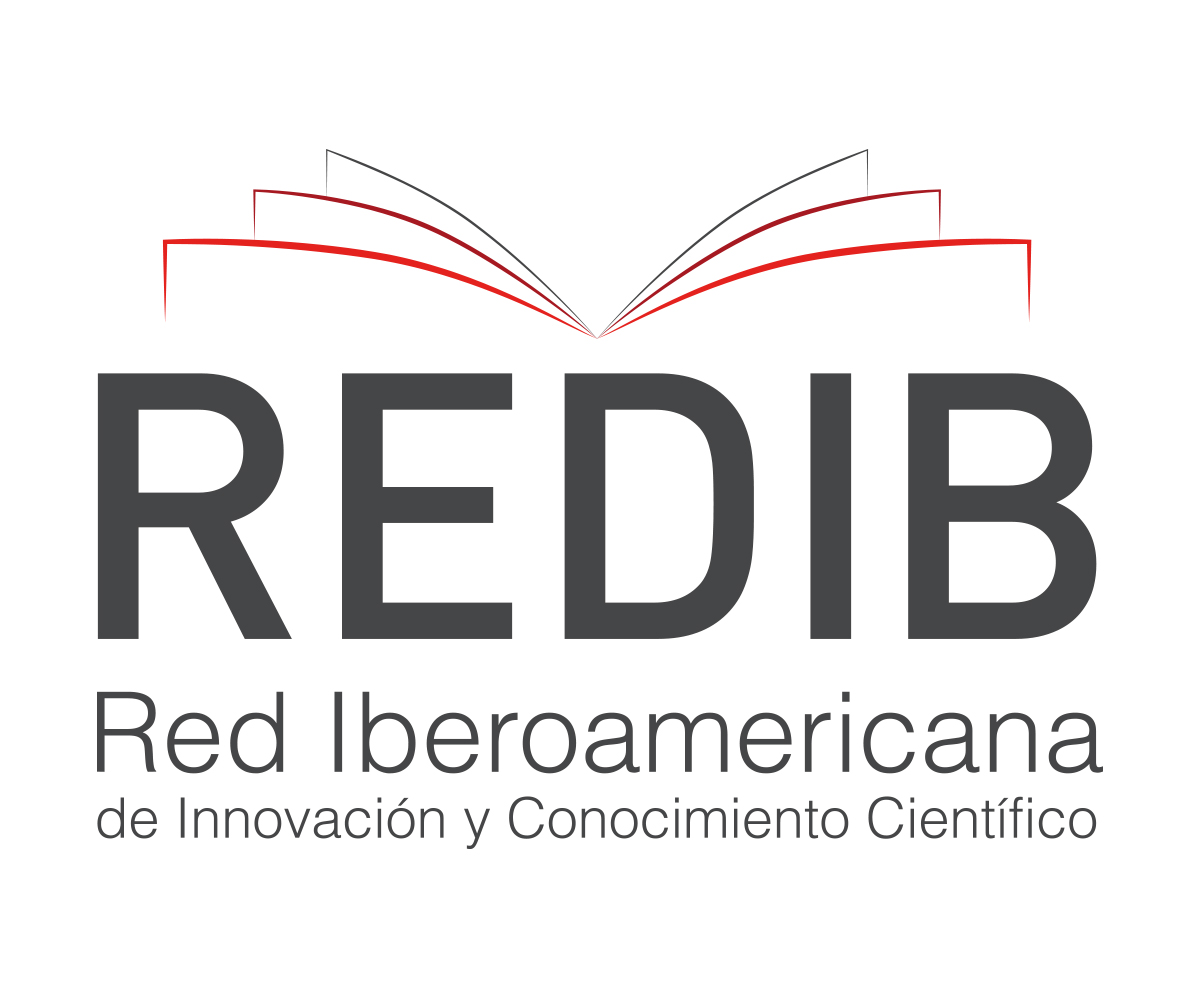Supplier selection prioritizing sustainable criteria for products: an AHP approach in Peruvian public procurement
DOI:
https://doi.org/10.15381/idata.v22i1.16532Keywords:
Selection model; suppliers; hierarchy analytical process (AHP); sustainable public procurementAbstract
This paper focuses on sustainable public procurements that seek to minimize negative environmental impacts and improve positive social impacts, which require significant changes within the market reality of a country. In the case of Peru, legislation establishes the requirement that sustainable criteria be integrated into public procurement suited to the needs for the procurement of goods and services. In this way, the problem that this study seeks to resolve relies on technical non-observance to verify compliance with current regulations in force within the supplier selection process that consider sustainability criteria. Therefore, the application of the Hierarchy Analytic Process (AHP) is suggested as a heuristic solution alternative. This selection model makes it possible to improve the administrative process by increasing objectivity and reducing cognitive bias. To demonstrate this, the Analytic Hierarchy Process will be verified in a case study concerning the selection of LED lighting suppliers for a public institution.
Downloads
Downloads
Published
Issue
Section
License
Copyright (c) 2019 Bernardo Cordero Torres

This work is licensed under a Creative Commons Attribution-NonCommercial-ShareAlike 4.0 International License.
AUTHORS RETAIN THEIR RIGHTS:
a. Authors retain their trade mark rights and patent, and also on any process or procedure described in the article.
b. Authors retain their right to share, copy, distribute, perform and publicly communicate their article (eg, to place their article in an institutional repository or publish it in a book), with an acknowledgment of its initial publication in the INDUSTRIAL DATA.
c. Authors retain theirs right to make a subsequent publication of their work, to use the article or any part thereof (eg a compilation of his papers, lecture notes, thesis, or a book), always indicating the source of publication (the originator of the work, journal, volume, number and date).



















